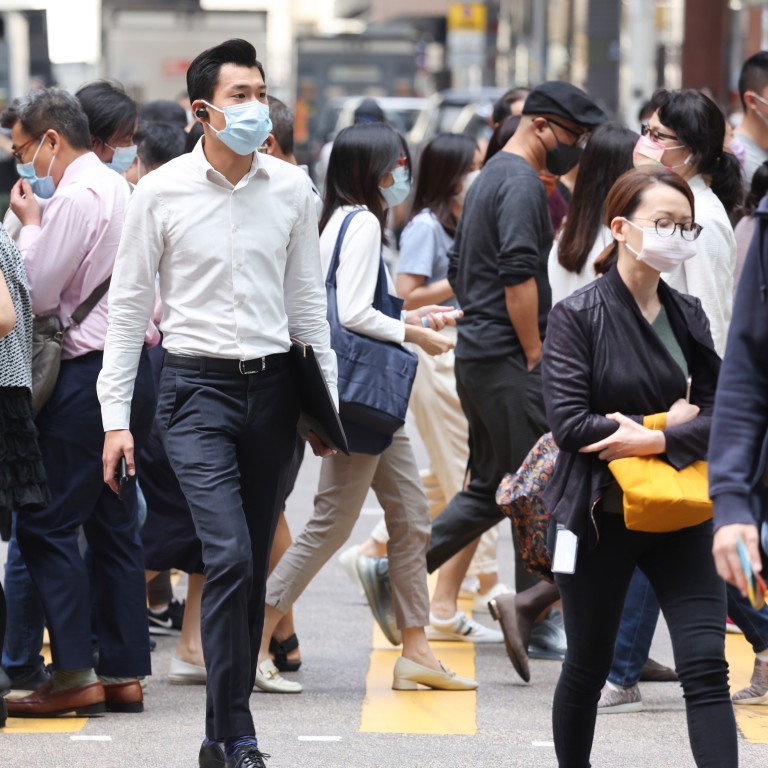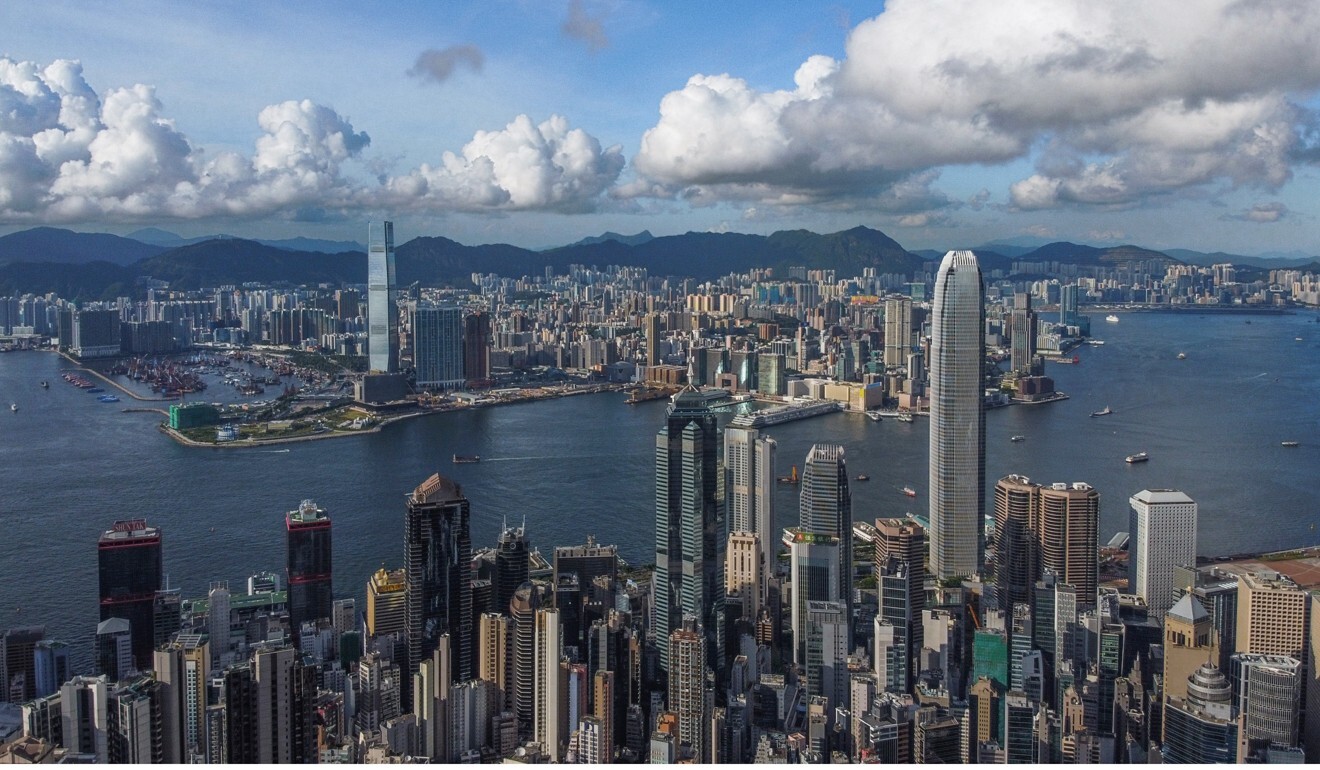
Hong Kong unemployment rate remains at 16-year high of 6.4 per cent as effects of coronavirus pandemic continue to be felt
- Labour chief Law Chi-kwong expects the jobs market to remain under pressure in the near term
- Economists believe rate will continue to climb, arguing the latest three-month jobless rate cannot fully reflect the seriousness of the problem
About 257,800 people were without work between August and October, around 2,000 fewer than the three-month period of July to September, but total employment increased by around 2,900 to almost 3.63 million, according to the data released by the Census and Statistics Department on Tuesday.
Economists expected the figure would continue to climb as they argued the latest three-month jobless rate could not fully reflect how serious the problem might be, with one predicting the figure could hit 8 per cent in April or May.

The overall jobless rate, unchanged from that recorded for the July to September period, was the highest since December 2004.
The underemployment rate remained steady, affecting 148,000 workers. That figure was around 1,100 fewer than the three months ending in September.
Secretary for Labour and Welfare Law Chi-kwong noted there were further signs of stabilisation but he expected the jobs market to remain under pressure in the near term.
No more wage subsidies for businesses, Hong Kong’s No 2 says
“While the overall economic situation saw some improvement in recent months, hiring sentiment among employers will probably remain cautious, especially when the economic outlook is still clouded by the evolving pandemic situation,” he said.
The government’s HK$81 billion (US$10.3 billion) wage subsidy scheme to help employers cover part of their payrolls between June and November comes to an end within weeks, sparking uncertainty over the fate of many in the city’s workforce.
The record for unemployment in the city of 8.5 per cent was set between April and June in 2003, when there was an outbreak of severe acute respiratory syndrome (Sars).
Law, the labour minister, said the combined jobless rate in the retail, accommodation and food services sectors dropped 0.5 percentage points to 11.2 per cent in the three months to October, compared with the July to September period.
But the figure for the transport sector jumped 0.6 percentage points to 6.2 per cent – the highest in close to 17 years.
Iris Pang, ING Bank Greater China economist, said the overall unemployment rate might not be able to reflect the lay-off situation in October.
“The figure is based on a survey with interviewees randomly selected. There is a possibility that those working for Cathay were not picked. So we can’t totally rely on this number,” Pang said.
The official jobless statistics are based on data obtained from the General Household Survey, under which about 9,000 homes are randomly selected to form the sample.
She said the city would only see how serious unemployment was in January after the wage subsidies ended because the data for December would only be available the following month.
Andy Kwan Cheuk-chiu, director of the ACE Centre for Business and Economic Research, said the jobless rate could further surge after employers no longer received support on their payrolls from December.
Hong Kong tycoon calls on G20 to cooperate to save SMEs amid pandemic
Besides, effective coronavirus vaccines were still not available and the city’s border restrictions remained, meaning few tourists could arrive, he said.
He forecast the figure could peak at 7.5 per cent to 8 per cent in April or May, if the government did not roll out more wage subsidies. But he felt the business outlook might become less negative after recent positive reports on vaccine development.
Nothing that the economy had improved, Chinese University economist Terence Chong Tai-leung said industries such as the food and beverage sector could have absorbed some jobless workers, partly offsetting the impact of the Cathay lay-offs.
With an uptick in business activities, Chong believed that even when the wage subsidy policy ended, the repercussions might not be so big.
“Hong Kong doesn’t need to rely on tens of billions in allowances to support the workforce’s living, we rely on economic activities,” he said.

